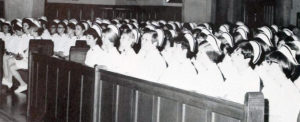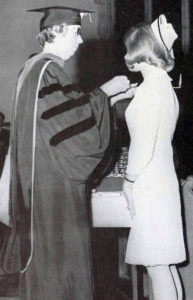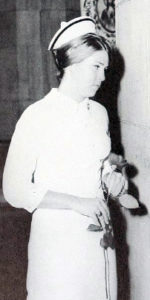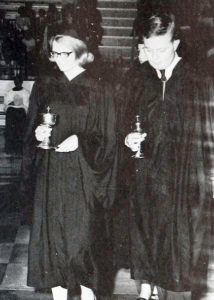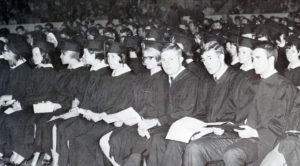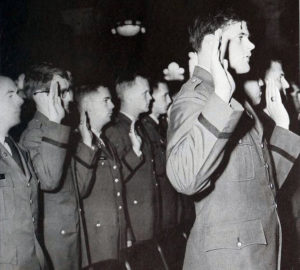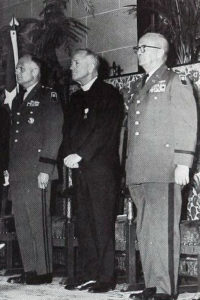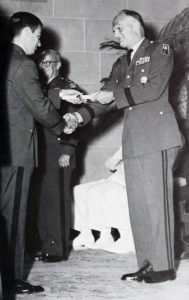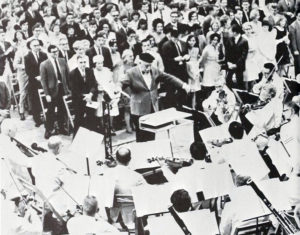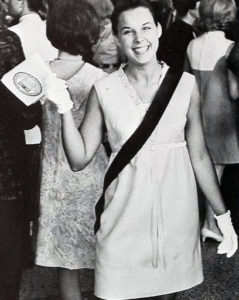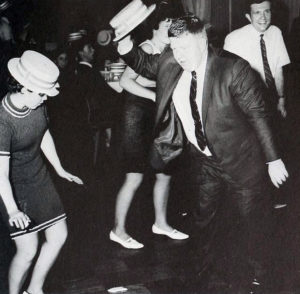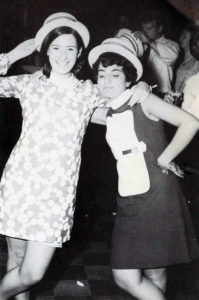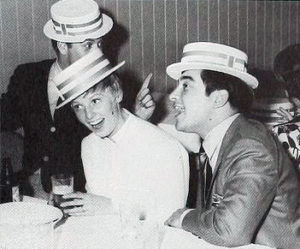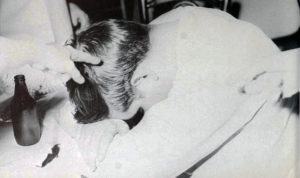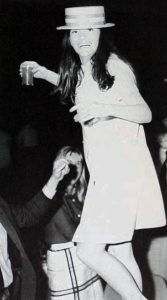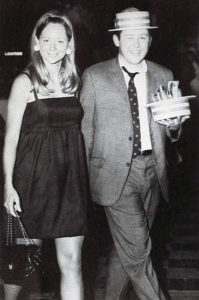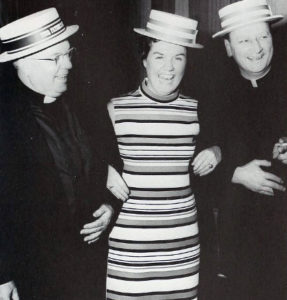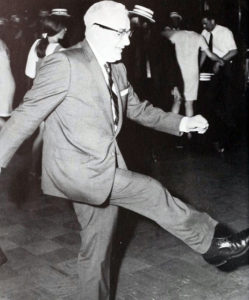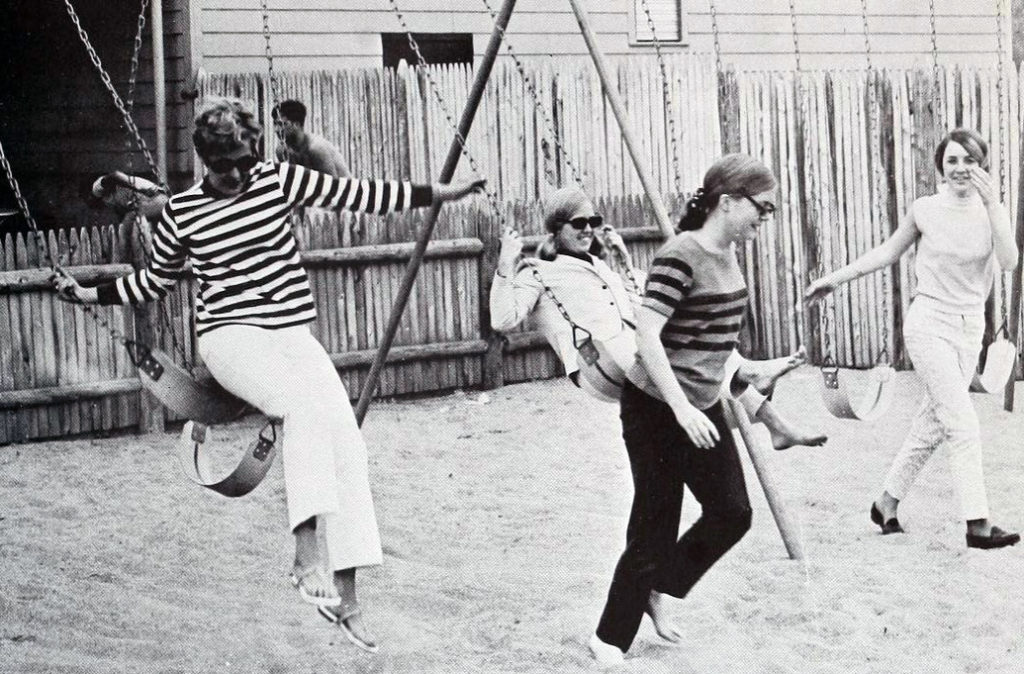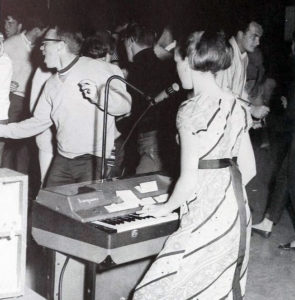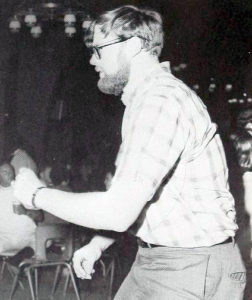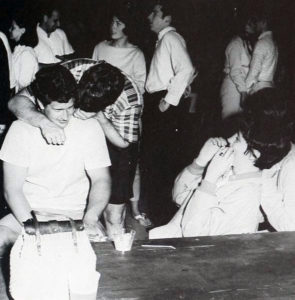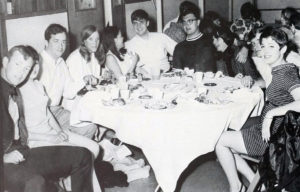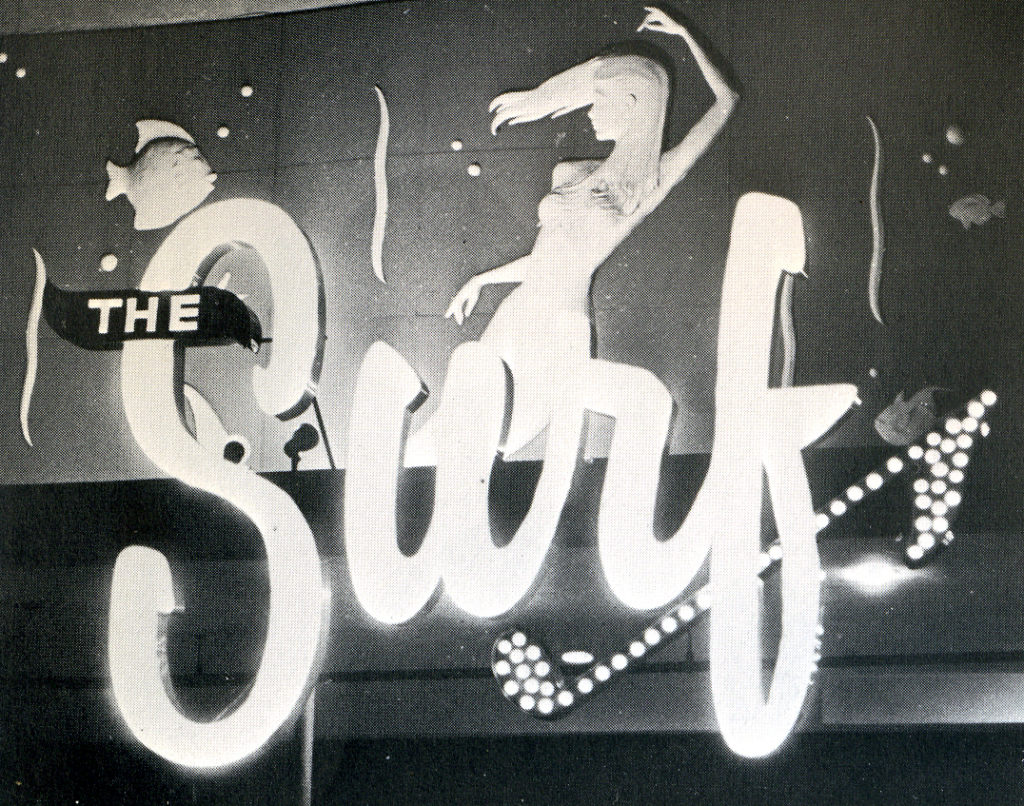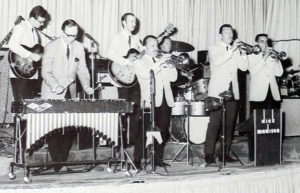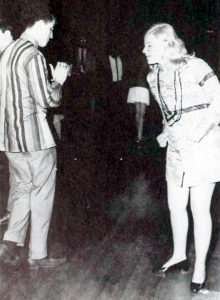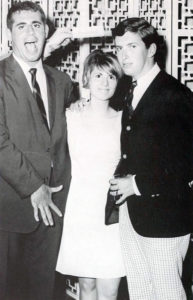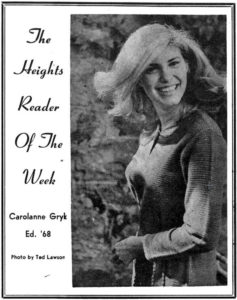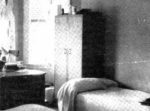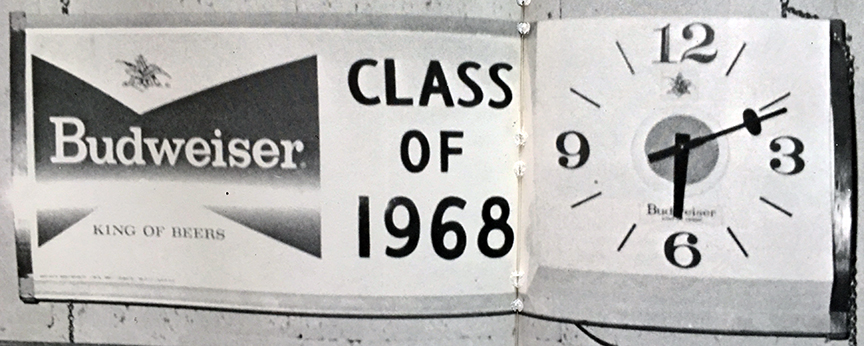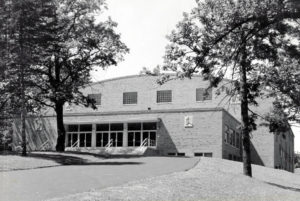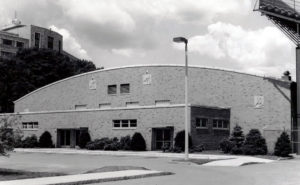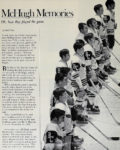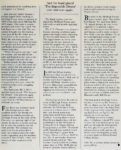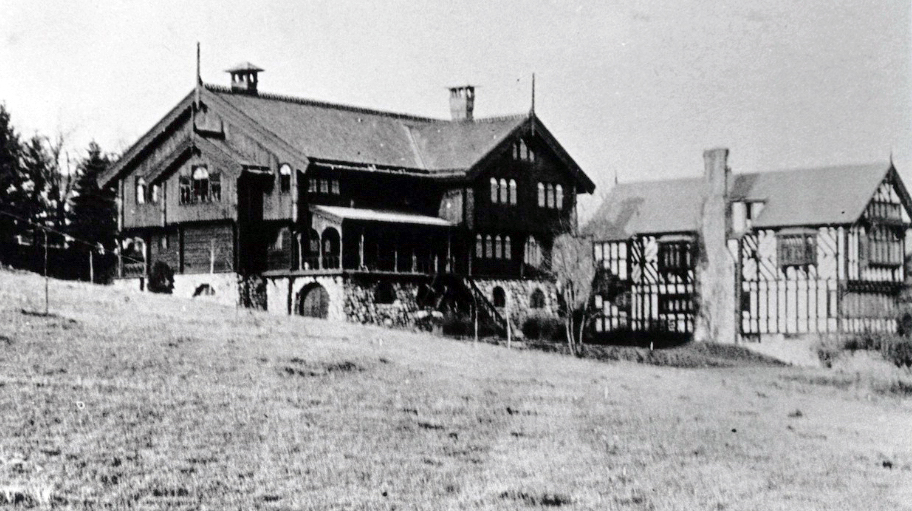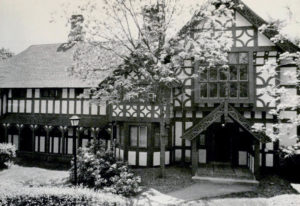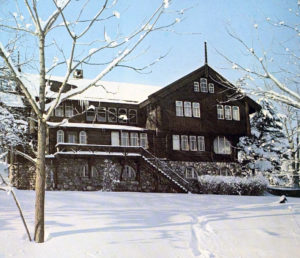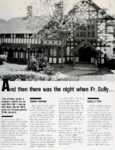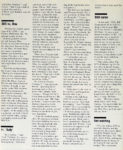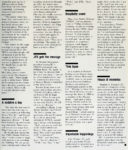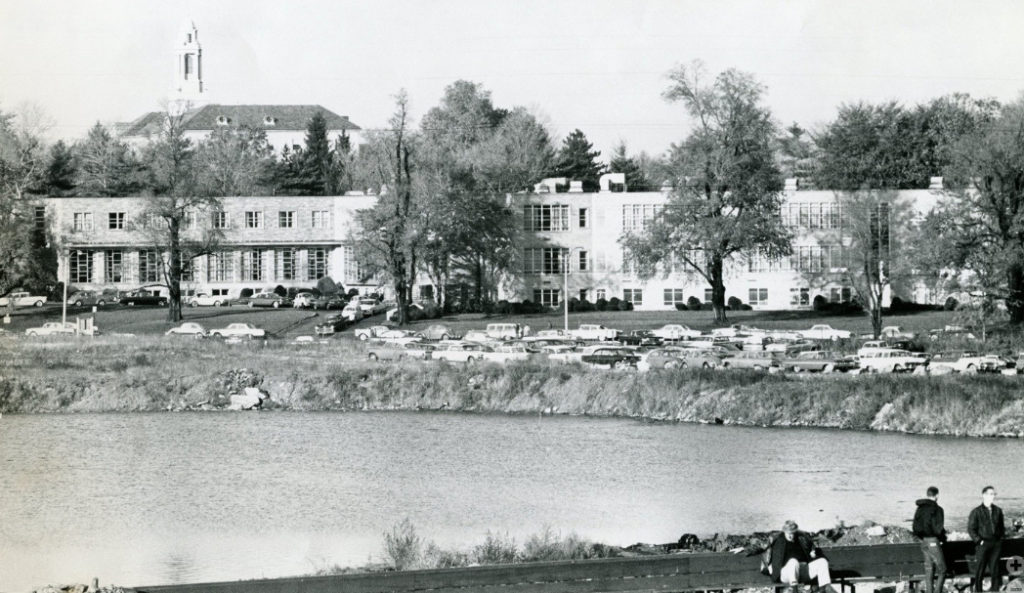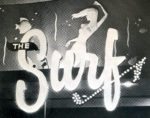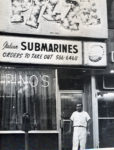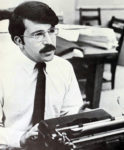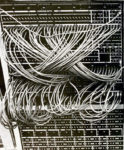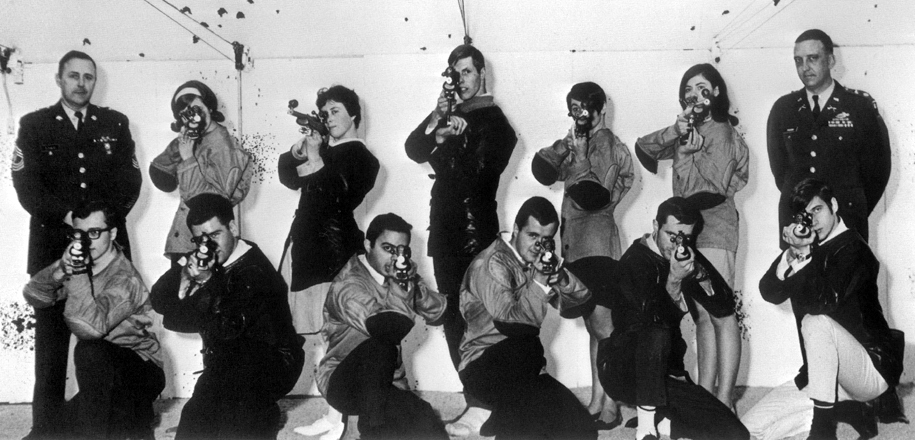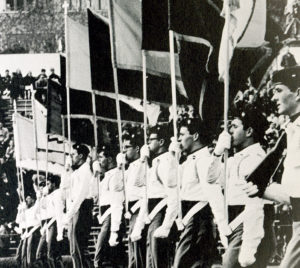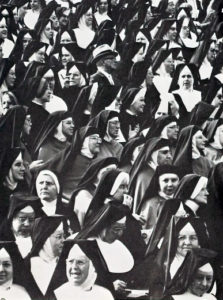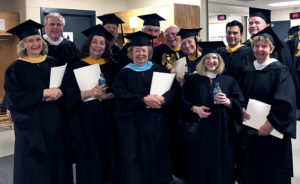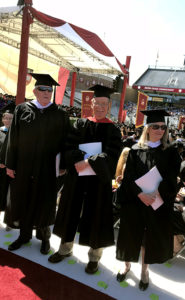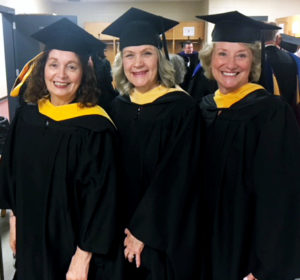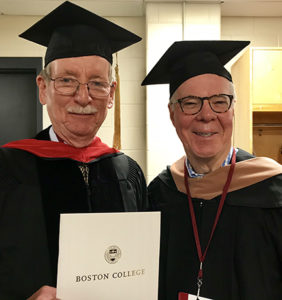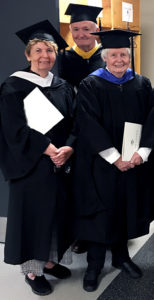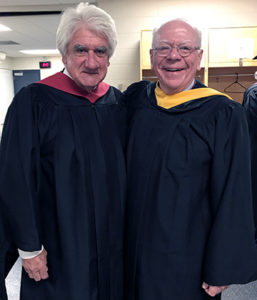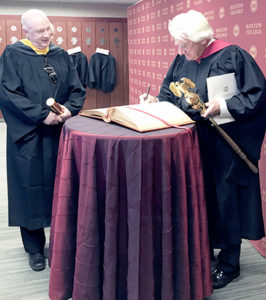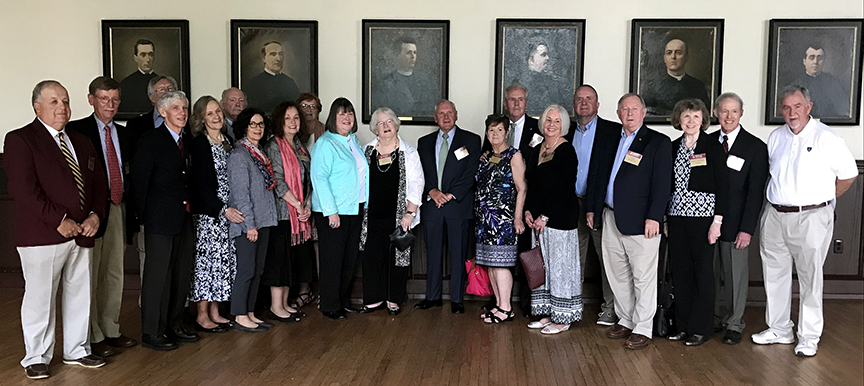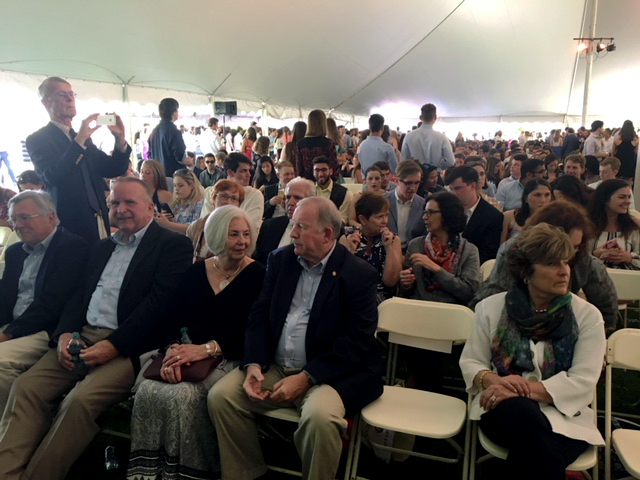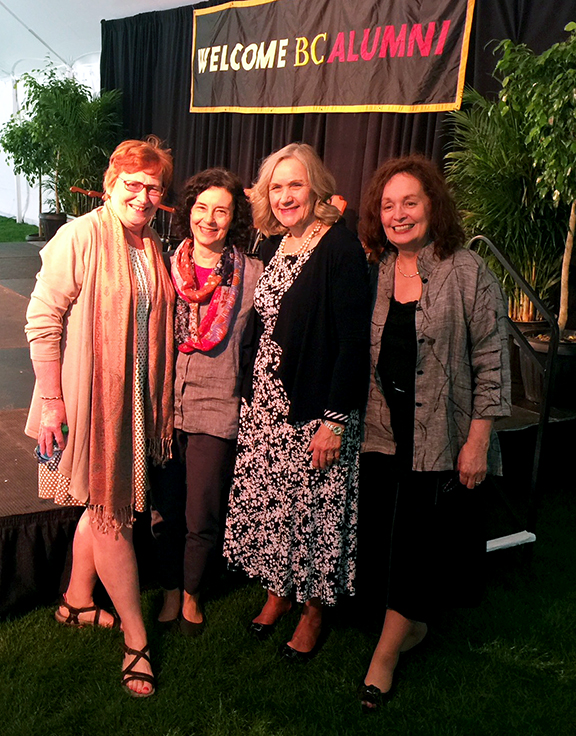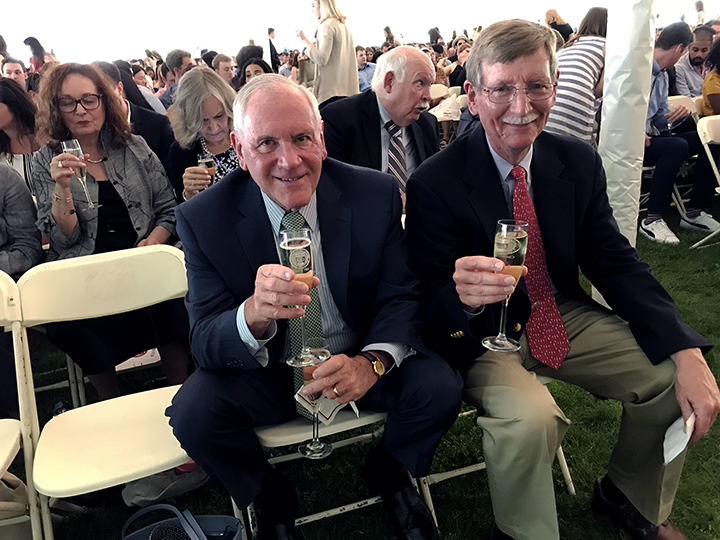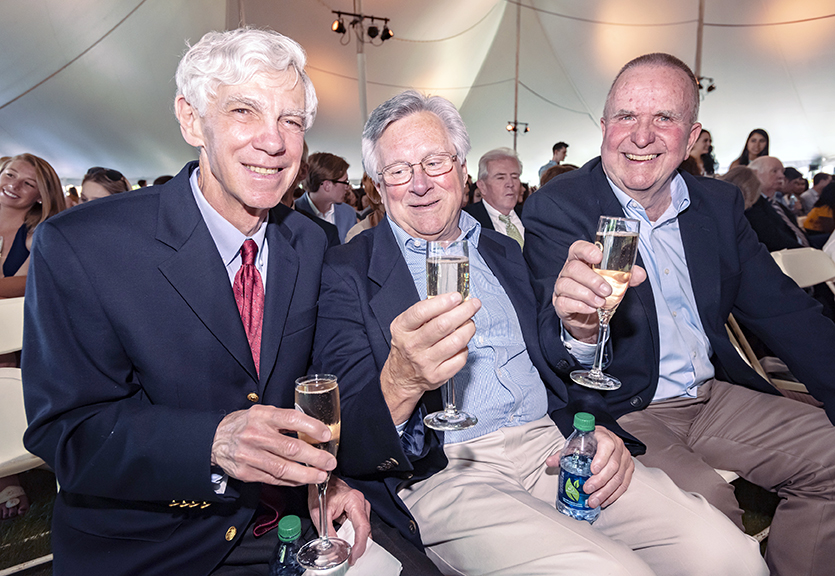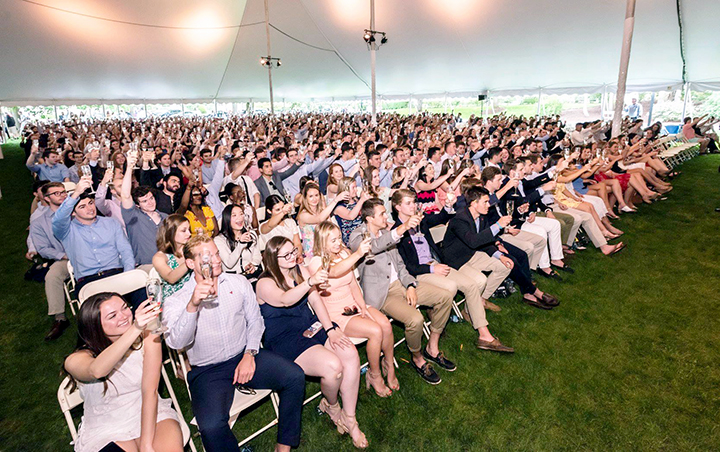
Vietnam Service ribbon
There was likely no bigger elephant in the room for most of the male members of the class during 1967 and 1968 than the draft. There were classmates who knew they would be going into the service (certainly members of ROTC), those who worked assiduously to avoid it, and, most likely the largest group, those who tried to make the best out of uncertainty.
There were also those who weren’t passive, but fought against the draft. The April 2, 1968, Heights reported in “BC draft resisters to turn in cards at rally” that classmate Richard Lareau (A&S), along with William O’Halloran ’71, would be among those handing over their draft cards to the US Department of Justice on the following day at the resistance activities on Boston Common.
Female classmates were not eligible for the draft, but that didn’t mean they were unconcerned. Most had brothers, boyfriends, friends, relatives who were subject to being drafted or who were already serving.
The Selective Service and Congress didn’t do much to help, as they came up with new and different ways to determine those who would be selected and inducted. College enrollment itself initially provided a deferment (2-S) from the draft, a circumstance that increasingly became seen as unfair to young men not in college. Steps were taken to be “fairer.” I recall going home to my hometown to take a test, which, depending on your score, was to determine your draft status. My score was high enough to gain deferment, but then that process was ruled unfair before going into effect.
Graduate school had been sufficient for continuation of a student deferment following graduation, but then, as the Nov. 13, 1967, Heights headline said, “Grad school acceptance no protection from draft.” Options became fewer and more senior class males — I was among them — began to receive notices of 1-A status (“available for military service”) and calls to take pre-induction physicals (I passed).
Along with several of my friends, in the winter of 1967-68, I applied for Navy Officer Candidate School (OCS). That also required a test. I applied to graduate school as well, and may have learned around the same time in winter/spring 1968 that I was accepted by both. Yippee! . . . I guess. At least, I felt, it looked as if my near future would be along one of those paths. It quickly became clear to me, with the draft board increasingly interested in my status, that the Navy was the better option.
Many of my close male friends, at graduation, did not know what they would be doing. I did know and, as I likely would not have chosen to serve in the military under different circumstances, the “comfort” I felt in it was a little odd. My first day of active duty in the Navy — the day I reported to OCS in Newport, R.I. — was the same day BC defeated Navy in football, an event I latched on to as a good omen. I served as a Naval officer for the next three years, including a deployment to the Gulf of Tonkin off North Vietnam. At OCS, a classmate, Greg McClure, was in my company and another classmate, Steve Curran, was one of my shipmates on the USS Biddle (DLG-34). I didn’t know Steve at BC, but we’ve kept in touch since the Biddle and we both attended an all-hands ship’s reunion in 2006.
Most of my friends, at least, served briefly in the Army, Air Force, or Navy reserves, or joined the Peace Corps, VISTA, or a similar organization, and began grad school and the rest of their lives a little ahead of me. I finally did get to grad school and, indeed, later served enough years in the Naval Reserve to retire as a Commander. But that’s another story . . . .
Speaking of stories . . . classmates Carmine Sarno and Brian Froelich had experiences that were pretty “distinctive.”
“I was a ‘hawk’ then,” Carmine said. “I enlisted in the Navy flight program as did many Alpha Kappa Psi fellows did before me, and passed the written and physical tests.”
“I also received a call from my draft board saying that I was to report for my draft physical. I responded with the news of my engagement with the Navy. The draft board asked if I had been sworn in, to which I replied ‘No.’ I explained that a week or so after graduation I would be sworn in as an officer candidate in Naval Aviation.
“They said, ‘Get on the bus.’ I was being drafted into the US Army. A sea of humanity went to the Commonwealth Pier for physicals. School buses loaded with kids from everywhere. We were unloaded and examined. I and everyone else passed the physical, so long as you could walk in your underwear and bare feet the length of the pier.
“At one point, a young man with a stethoscope around his shoulders passed me on his way to the bathroom. He noticed, in my nakedness, that I had a shaved leg because of a soccer injury. It was taped daily for lacrosse. He asked me not to leave. Moments later my ankle was x-rayed and I was dismissed to catch my bus.
“A week or two later, I left BC to return home to kiss Mom and Dad goodbye as I was to be sworn into the Navy at Naval Air Station South Weymouth. I was backing out of their driveway to go be sworn in at 9 am. The mail carrier arrived as I was leaving and he handed me a note, adding that he was sorry to be delivering draft notices. I said thanks anyway and started the drive to South Weymouth. On 128, I opened the letter from the draft board. I had been rejected for service in the Army.
“Minutes later, I stood at attention to get sworn into the Navy. ‘I (state your name) have never served in the military before . . . or have never been rejected for military service . . .’ Hmmmm. I showed them my Army rejection notice. I was out. The Army x-rayed my ankle two more times with the same results.
“That was my religious moment. My uncle, Carmine Francis Sarno, was killed in World War II at Anzio, and he was pulling strings from above for me. That is a true story.
“My hat is off to all who have served and many from BC did at that time.”
Top that, Brian ! :)
“When we were freshmen, I actually signed up for the Marines,” Brian said. “I was young, foolish, and macho. We were in some war with some little country in Asia somewhere. It would likely be over before we graduated, since they were small and weak and we were big and strong. I was hoping to get to go before it was over and help kick ass.
“I went downtown Boston to take the physical exam. We were mixed in with a bunch of about 100+ guys who had been drafted, and they were not happy.
“The first thing they had us do was take a written exam. The first question was something like: ‘You go into a candy store and buy 25 cents worth of candy, 10 cents worth of gum, and 5 cents worth of licorice. How much did you spend?’ I spent several minutes on that question. Because it seemed so easy, I was sure it was some kind of trick. I finally gave the 40-cent answer and went on to finish the exam in a few minutes.
“After the exam they lined us all up in a hall, called out about 15 names, and marched them back into the exam room. I asked one of the soldiers there what that was about. He said, ‘They failed and will be retested. No one fails that test.’
“We then went in for the physical. We had to go into the bathroom and pee in a cup. I noticed one guy also dumping sugar, salt, and stuff into his pee cup.
“We had to take a hearing test. You went into a booth and put on head phones. You had to press a button when you heard something in your right ear, another button when you heard something in your left ear, and both buttons when you heard something in both ears. The guy in front of me wouldn’t push the buttons! The soldier at the controls looked at me, smiled, and said ‘Watch this.’ He slowly turned up the volume until the guy’s whole body began to shake (I thought he would melt) and the guy finally screamed and stabbed at both buttons.
“We eventually went in to see a doctor. We had been given a piece of paper that said, ‘Do you have, or have you ever had . . .’ and then it listed about 50 items. I remember one was ‘broken bones’ and another was ‘bed wetting’. The guy ahead of me checked all 50! The doctor patiently asked him about each of the 50 items. The guy went on and on about each. He said the bed wetting was embarrassing and that he had broken about six or 10 bones, etc. The doctor said ‘Thank you. Next.’ I asked the doctor, ‘What will happen to that guy?’ He said, ‘He’ll be on the next boat out to Vietnam.’
“So here I was, young and healthy and in great physical shape. But, at the time, I had a small open cyst on my back. The doctor said that they couldn’t take me with an open cyst. As soon as it healed, however, he told me, they would be happy to take me. I had failed the exam that I volunteered for!
“Afterward, I began to pay attention to what was going on and decided not to pursue enlistment. I got married between junior and senior years and knew then for sure I didn’t want to go. I was able to get a marriage deferment. That was the last year you could get one if you already had had a student deferment.
“Saved by the cyst!”
Do you remember the draft as a dominant specter during senior year for yourself or friends of, if you’re a woman, for male classmates, relatives, or others you knew? Any other “distinctive” draft stories?

